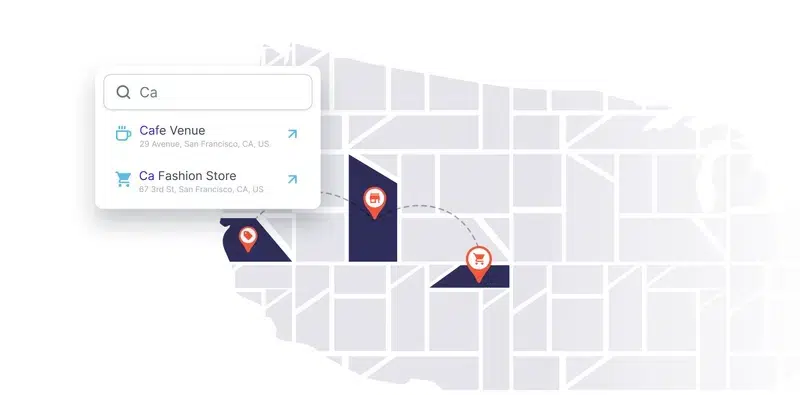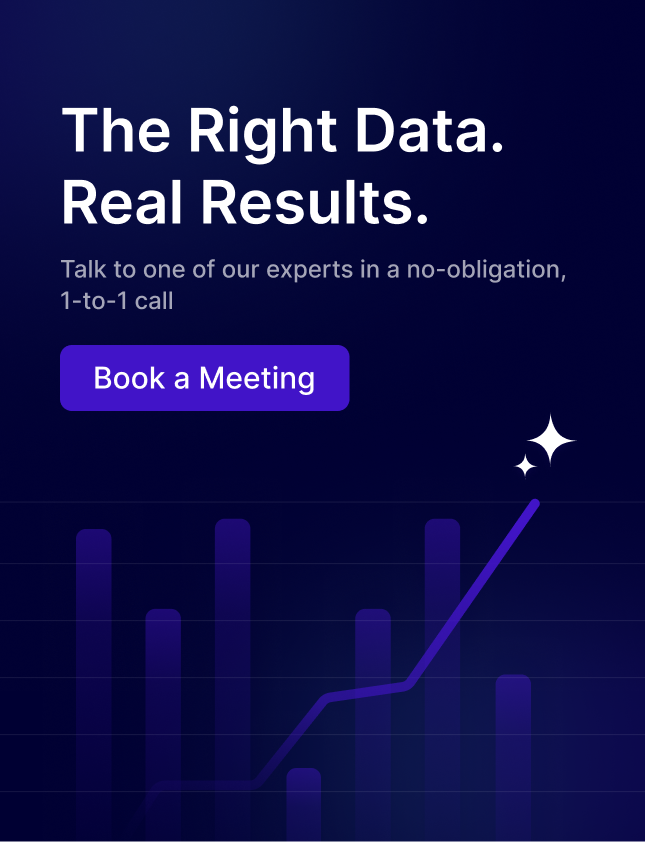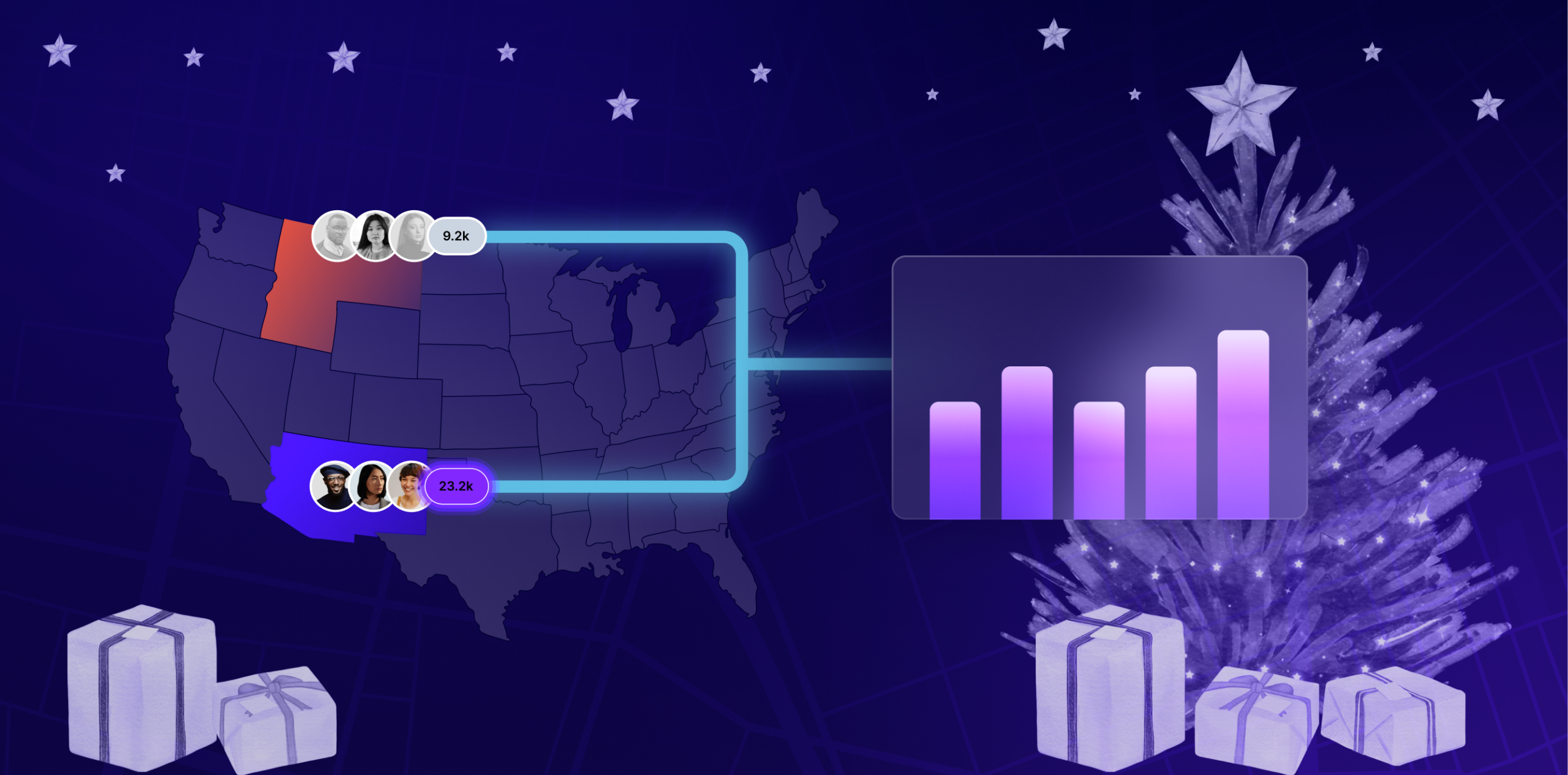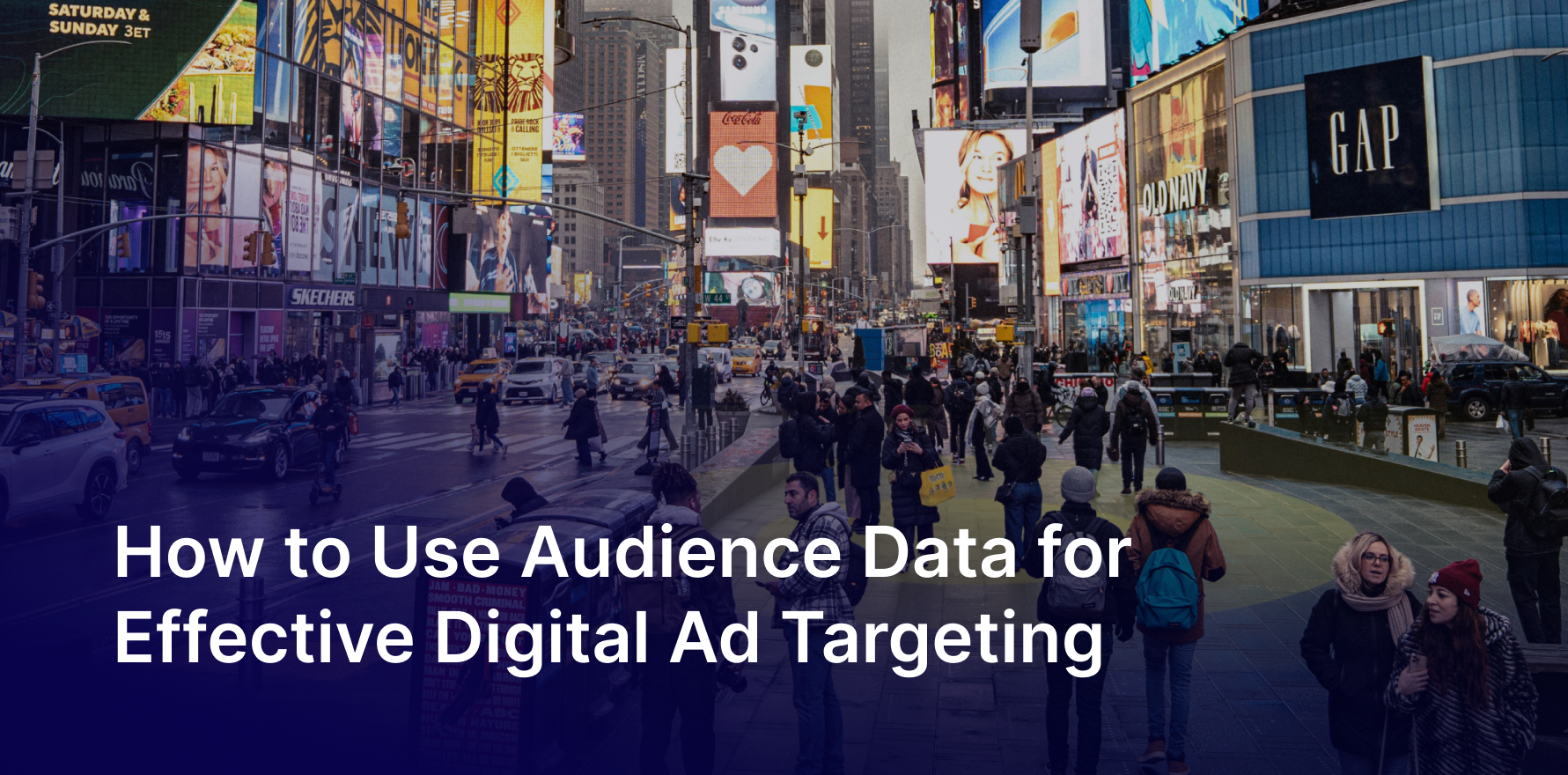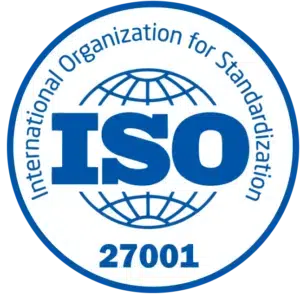Point of Interest (POI) data has transformed how businesses and public sectors leverage location intelligence to drive strategic decisions. By pinpointing specific geographic locations and analyzing associated data, POI data enables organizations to optimize operations, enhance customer engagement, and improve overall efficiency.
Here are the applications of poi data on the industry level
1. Marketing and Advertising
a) Location-Specific Targeting
Businesses leverage POI data to deliver targeted advertisements based on consumers’ physical proximity to specific POIs, ensuring relevance and engagement.
b) Behavioral Insights
Analyzing consumer mobility patterns helps businesses understand customer behavior and preferences, enabling them to refine marketing strategies accordingly.
c) Competitive Analysis
By evaluating market presence and consumer engagement around POIs, businesses gain competitive intelligence that informs strategic decisions and enhances market positioning.
2. Retail
a) Market Analysis
Retailers use POI data to assess market potential, understand consumer spending habits, and identify growth opportunities in specific geographical areas.
b) Store Management
Optimizing store locations based on POI insights helps retailers maximize foot traffic, improve store performance, and enhance customer satisfaction.
c) Competitive Intelligence
Analyzing competitor locations and market dynamics enables retailers to develop competitive strategies and differentiate themselves in the marketplace.
3. Financial Services
a) Fraud Detection
POI data aids in detecting fraudulent activities by analyzing transactional data and identifying irregularities based on the location of businesses involved.
b) Branch Management
Financial institutions use POI data to optimize branch locations, assess market demand, and expand services strategically based on local economic conditions.
c) Market Assessment
Analyzing POIs helps financial services providers understand consumer behavior, assess market potential, and make informed decisions regarding investments and service offerings.
4. Public Sector
a) Infrastructure Planning
Governments utilize POI data to plan and manage public infrastructure projects, such as transportation networks and utilities, based on population density and spatial needs.
b) Emergency Response Planning
POI data supports disaster preparedness by mapping critical facilities, supplies, and evacuation routes, enhancing response times and community resilience.
C) Community Development
Assessing local needs and access to services enables governments to support economic development initiatives and improve quality of life for residents.
Top Use Cases for POI Data
1. Geofencing: Enhancing User Interaction
Geofencing involves creating virtual boundaries around physical locations, enabling businesses to trigger actions when users enter or exit these areas. This technology is widely used for targeted marketing, enhancing security measures, and improving customer interaction through personalized notifications and alerts.
2. Geo-Targeted Advertising: Personalizing Marketing Efforts
One of the most compelling applications of POI data is in geo-targeted advertising. By utilizing location-based insights, businesses can deliver highly personalized advertisements to consumers based on their proximity to relevant POIs. This approach not only increases the relevance of marketing messages but also enhances engagement and conversion rates.
3. Marketing Campaign Strategy: Optimizing Outreach
POI data plays a pivotal role in optimizing marketing campaigns by identifying ideal locations for promotional activities. By analyzing visitor demographics and behavior patterns around POIs, businesses can tailor their marketing strategies to effectively reach their target audience. This includes selecting optimal advertising placements and understanding consumer preferences in specific geographical areas.
4. Traffic Management: Improving Efficiency on Roads
In urban planning and transportation, POI data assists in optimizing traffic management strategies. By analyzing visitor patterns and congestion around key POIs, cities can improve route planning, manage traffic flow more efficiently, and enhance overall urban mobility. This data-driven approach helps reduce travel times, minimize congestion, and enhance the overall commuter experience.
5. Site Selection: Strategic Business Expansion
For businesses planning expansion or new ventures, POI data provides valuable insights into site selection.By assessing the proximity to relevant POIs such as competitors, customer demographics, and economic indicators, organizations can make informed decisions about opening new locations or expanding existing ones. This strategic use of data minimizes risks and maximizes the potential for business success.
6. OOH/DOOH Campaign Planning: Engaging Audiences Effectively
Out-of-Home (OOH) and Digital Out-of-Home (DOOH) advertising campaigns benefit significantly from POI data. By identifying high-traffic locations and understanding consumer behavior in specific areas, marketers can plan and execute targeted advertising strategies effectively. This approach enhances brand visibility, increases ad effectiveness, and maximizes return on investment (ROI) for advertising spend.
Conclusion
Point of Interest (POI) data is a powerful tool that drives decision-making across various industries, from enhancing marketing strategies to optimizing public services and infrastructure planning.
By harnessing location intelligence, businesses and public sectors can gain valuable insights into consumer behavior, operational efficiencies, and strategic growth opportunities.
As technology evolves and data analytics capabilities advance, the applications of POI data are expected to expand, further shaping the way organizations interact with their surroundings and stakeholders.
Explore the potential of Factori’s POI data for your industry today to stay ahead in an increasingly location-aware world.
Grab free sample Point Of Interest data from Factori.
You may also like

